Reviews 14 min read
Porsche Taycan Turbo
This is the all-new fully-electric Taycan, and the Stuttgart brand has gone to unbelievable lengths to ensure it looks and feels like a Porsche. It’s certainly achieved those goals but is it better than a Tesla?
Discover EV expert verdict...
- Accurate range
- Sublime handling
- Porsche quality and desirability
- Tesla Model S Performance is cheaper
- Infrastructure not on a par with Tesla
- 150kW charging and cable cost extra (plus you’ll find yourself ticking options you need)
Overview
Having driven Porsche’s E-hybrid variants, including the Panamera Turbo S and Cayenne, and liked them both (as far as cars with low CO2 emissions go – we obviously prefer vehicles that don’t emit any exhaust gases here at Discover EV), we were pretty excited to get behind the wheel of the brand’s first-ever all-electric vehicle. Porsche has a deserved reputation for making well-engineered sports cars, and the development of its Carrera engines in the 1950s saw the car maker establish its international standing in motorsport that continues to this day, so when it came to creating its first EV, it was absolutely pivotal that Taycan stayed true to its roots. We took the Turbo variant out for a spin to see if still evokes the emotion and driving pleasure that one expects from a Porsche.
Driving
In terms of driving dynamics the Porsche Taycan is categorically the best EV we have driven. Period. The Tesla Model 3 Performance comes in at a close second in terms of performance, but certainly not ride and handling. Is it worth the £59,368 premium? No.
Still, if you have cash to burn then rest assured you have yourself a world-class driver’s car that’s more than deserved of Stuttgart’s coat of arms. When you consider that this car weighs 2305kg, it’s nothing short of astonishing what Porsche has achieved. It feels beautifully balanced, composed and precise through the corners, but at the same time it’s supple over bumps and undulations (the damping is incredible) and the steering is perfectly weighted. On even the twistiest road, hard on the throttle and hard on the brakes, it coped with ease. Like with most Porsches you really feel a connection to the road. As in other Porsche model series four driving modes are available: Range, Normal, Sport and Sport Plus.
We’re driving the Turbo which means 625hp (and up to 680hp and 627lb ft in overboost, only available during Launch Control) and 0-62mph in 3.2 seconds. Again that’s with Launch Control, which by the way is absolutely savage, and addictive, although I’m sure the human body could only take so much before motion sickness kicks in. Keep the throttle pinned and you notice a change in tone – that’s the gearbox changing up.
While every other production EV uses a single-speed transmission for both low-end acceleration and motorway driving, the Porsche Taycan has a two-speed gearbox. It’s an in-house solution to improving range (which Porsche claim is up to 5 per cent) and push its top speed up (capped at 161mph in case you were wondering), but it’s complicated and expensive. Tesla tried it in the concept Roadster more than a decade ago, but ran into reliability issues and has stuck with single-speeds ever since and to be fair they are well ahead of the game in energy efficiency and top speed (limiting its cars at 162mph).
Obviously bar that distinct lack of a classic Porsche soundtrack (you can opt for a gimmicky £354 ‘Electric Sport Sound’) it is more akin to its conventionally fuelled counterparts in the way that it brakes. The Taycan is not really set up for one-pedal driving like most other electric vehicles, instead Porsche opted for a blended braking system, where the lift-off regeneration is extremely mild, but the brake pedal regeneration is very strong. This means it’s more suited for high-speed driving, as well as for the track, because deceleration behaviour is more predictable.
With ‘Recuperation off’, the car will always roll or coast as far as possible, with ‘Recuperation on’ it will employ some engine braking but nothing close to the strength of the Tesla’s system, for example. Porsche engineers insist that as much as 90 per cent of the Taycan's braking will, on average, be achieved through regenerative braking, but we found it wasn’t quite enough to slow the car sufficiently around town. If you’re a fan of strong lift-off regeneration you won’t like it, but it does suit the nature of the Taycan and rather impressively it is capable of generating up to 265kW into the battery pack, more than a third of what the Tesla Model 3 can pump back in.
Range and running costs
The Taycan Turbo has a range of 280 miles, and during our day with the car we averaged 38.7kWh/100 miles (over a distance of 66.9 miles and an average speed of 29mph). Looking through the trip computer someone else managed 39.5 kWh/100 miles (over a distance of 67.6 miles and an average speed of 21mph), while another recorded 37.8 kWh/100 miles (over a distance of 2157 miles and an average speed of 25mph). Porsche quote a combined electrical consumption of between 26.7 – 23.0 kWh/100 km. But that’s kilometres. We’re measuring in miles. So, taking an average of 38kWh/100 miles and converting it to kWh/100km is bang on 23.6kWh, which means that we were achieving close to Porsche’s claimed range. That’s fairly remarkable when you consider this is a dedicated press car, driven by motoring journalists for presumably have no consideration for economy as it’s their first time behind the wheel (we were guilty of this), and given the recent heatwave, the air con will have no doubt been cranked right up.
The Taycan is the first production vehicle with a system voltage of 800 volts (based on tech trialled by Porsche in its Le Mans-winning 919 Hybrid race car) instead of the usual 400 volts for electric cars. This enables consistent high performance, reduces the charging time and decreases the weight and installation space of the cabling (allowing for rear passengers to be more comfortable and enabling that low slung seating position).
As standard, all Taycan Turbo and Turbo S models can charge at up to 270kW from a suitable DC charger. The Taycan 4S can charge at 225kW or 270kW with the optional Performance Plus Battery. All Taycans can also, therefore, charge at up to 150kW from a 150kW charger, provided that charger has 800 volt capabilities. The optional £294 150kW charge booster enables the Taycan to charge at up to 150kW from older and increasingly rare 150 kW chargers on the continent which only run at up to 400 volts. Without the booster, at 400 volts, the Taycan will charge at 50 kW. Porsche are assessing whether or not to continue offering the booster as an option in the future.
Porsche are building up a charging network, called the Porsche Charging Service, which now includes more than 100,000 AC and DC charging points in ten countries. Again be prepared to splash the cash as the public charging cable (type 2) will set you back £210. If you want a powered charging port cover by the way that’s £443. It does at least have two charging points as standard (offering DC/AC on the passenger side and AC on the driver side).
With the Porsche Charging Service App (for iOS or Android operating system), it is easy to find charging stations and start the charging processes with either a QR code or a Taycan Charging Card, and drivers only pay .33 euros per kilowatt-hour which is less than half the price of some other networks, and you’ll be then sent a consolidated bill to your account. The app provides real-time information on the location and availability of the charging stations as well as the costs of a charging process.
In addition, Porsche Destination Charging provides around 1000 AC-charging points for guests of selected hotels, golf courses or marinas in 20 countries, where charging is free. The Porsche dealer network is also being equipped with 800 volt high power charging stations throughout the country.
More than 200 Ionity fast-charging parks are already in operation along motorways and main traffic routes in Europe, and by the end of this year, the number is expected to be around 400.
At home an 11kW on-board AC charger allows the Taycan to charge overnight, and obviously makes use of cheaper electricity or solar power. Their recommended provider for charging hardware is Anderson and there are various options to integrate home charging into everyday life such as the Porsche Home Energy Manager, which optimises the charging process in terms of performance, time and costs, and the Porsche Mobile Charger Connect (for an additional £767), which supports intelligently charging thanks to its connectivity and has additional features that prevent your domestic power supply from being overloaded, for example.
With Taycan prices starting at £83,367 (for the 4S) and £138,826 (for the Turbo S), you could buy a top-of-the-range luxury electric car from the likes of Mercedes, Jaguar or Tesla (with change) but when you compare it to other big, fast four-door GTs – such as the £140,535 Mercedes-AMG GT 63 S 4-Door Coupé it almost makes for good value given its performance, handling and cheaper running costs (in terms of servicing with a main service due every two years or 20,000 miles and electricity is obviously a lot cheaper than fuel). And you can include residual values in that, too. After three years and 36,000 miles, CAP predicts that the Taycan Turbo S will retain 60 per cent of its original value, versus 54 per cent for the Tesla Model S Performance and 49 per cent for the Mercedes-AMG GT 63 S. Where it does fall short on is range obviously with the £92,980 Model S Performance offering 367 miles!
Design
Before the Taycan concept was born, Chief designer Michael Mauer had the choice of penning an electric SUV (more akin to the Cayenne) or a performance saloon. Despite the fact that (according to JATO) the SUV segment experienced the seventh consecutive year of double-digit growth in 2019 with 38 per cent of the total market, Porsche decided to go against the grain and launch into e-mobility with a four-seater sports car. Why? It allowed for more freedom in the creative department – it meant they could make a bigger statement.
Mr Mauer wasn’t completely starting from scratch, of course, as the new model had to be recognisable as a Porsche at first glance, and you can see that in the brand’s characteristic design elements. From the front where the bonnet slopes down at a flat angle between the two highly pronounced wings, to its silhouette which is shaped by the roofline that slopes downward to the rear, and the narrow illuminated bar which stretches across the full width of the vehicle together with the rear spoiler.
Aerodynamics and air flow quality have always been important to Porsche, but even more so with this all-electric model as it greatly influences the range, in fact the Taycan has the best drag coefficient figure of any Porsche road car at 0.22. So, for example while it features the trademark four-point LED headlights, they are flatter and wider than any other Porsche, the flush door handles only extend as you open the vehicle (why don’t you do this Tesla!?), and the wheels and rear diffuser have been optimised to be more aerodynamically efficient.
For the interior design, the original 911’s cleanly styled dashboard from 1963 was the inspiration, in that there are very few buttons. The free-standing instrument cluster is a curved 16.8 inch screen with up to five different and freely configurable views, depending on what equipment you go for.
A central 10.9-inch infotainment display and an optional passenger display combine to form an integrated glass band in a black-panel look – it’s very slick and premium looking.
All user interfaces have been completely redesigned and are lot more intelligent and intuitive compared to the outgoing Panamera and Cayenne, but not quite a match for Tesla. Saying that, it’s easy and quick enough to access all of the apps, including navigation, telephone, media, comfort and Porsche Connect. With optimised voice control, which responds to the command “Hey Porsche”, drivers can access the required function even faster, although we didn’t test this function.
The centre console features an 8.4-inch touch panel, which is the primary interface for the climate controls while the lower portion doubles as haptic touchpad. It’s a bit like Lexus’ setup, and also includes handwriting recognition. Porsche say that it is less distracting to use. We didn’t get on with it, but maybe over time, it’s something you get used to.
Another bug bear and one that may tempt people away from the Porsche and over to Tesla is that while the Taycan is technically capable of software updates over the air, owners still have to come to the workshop due to the large amount of data required.
Comfort and practicality
In terms of the materials utilised for the interior accents and trims, it’s all very typical Porsche – and the workmanship, too, is second to none – as one would expect for a car of this price tag! We spent a day behind the wheel and it felt effortless, silent and comfortable, just a joy to be in. There was also ample seat adjustment for myself and my six-foot-three passenger, and headroom in the back was sufficient, too. The Taycan only seats four as standard, but a 2+1 rear arrangement is available for £336 although it’s probably safe to say that the middle seat is not going to comfortably host a leggy teenager.
Storage can be found under the floating centre console, with an additional bin under the armrest bin and centre cup holders. There’s a glovebox, of course, and door bins too, although these aren’t huge. The boot provides 366 litres, which is pretty decent and there’s a modest under-floor compartment and deep bins on either side of the floor big enough to house charging cables. There is also an 81 litre font luggage compartment. Total capacity is less than half what you get in the Tesla Model S so if you’re planning to do a lot of touring in your Taycan you may want to consider if its practical enough.
The only other negative is rear visibility, which is atrocious. Although front and rear ParkAssist with visual and audible warning is standard, if you want Park Assist with Surround View it will cost you £1002, and you’ll need it if you want to reverse park into supermarket spaces without hitting something.
Verdict
The spec of the test car that we drove was apparently very typical of what a Taycan customer would order. The total price? £131,603. Is it worth that much? We think people buy a Porsche because it’s a Porsche regardless of the price tag. The fact that this year the Taycan will account for 15 per cent of total UK sales, second to the US, says it all really. The Taycan sets a new benchmark for electric vehicles in terms of the level of driver interaction it offers; it’s also stylish, fast and hugely desirable – the EV to be seen in if you’re a keeping up with the Joneses type. At this exclusive price point we’d go for the much cheaper Tesla Model 3 Performance for £56,490, but when Porsche’s technology is shared with more accessible EVs in its Volkswagen Group parent company, there’s hope of a well-engineered EV that offers genuine driver involvement and excitement at a decent price point!
And don't forget, if you do like this make and model of car you just read about, you could secure a discount if you use our partner e-car leasing service using the code DEV-ECAR.
Key Specs
2020 Porsche Taycan Turbo
Price: £131,603 (model as tested); Porsche Taycan Turbo from £115,858
Top speed: 161mph
0-62mph (with Launch Control): 3.2 seconds
0-99mph (with Launch Control): 6.9 seconds
Power: 625hp (680hp overboost maximum power with Launch Control)
Torque: 627lb-ft
Driving range combined: 280 miles
Charging time: (11kW, 0 to 100%) 9 hours; (50kW, 5 to 80%) 93 minutes; (270kW, 5 to 80%) 22.5 minutes
Insurance group: 50
Warranty: 3 years, unlimited mileage (vehicle); 8 years/160,00km (high-voltage battery)

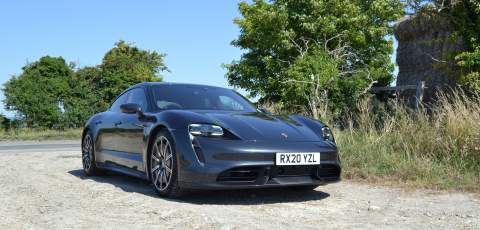


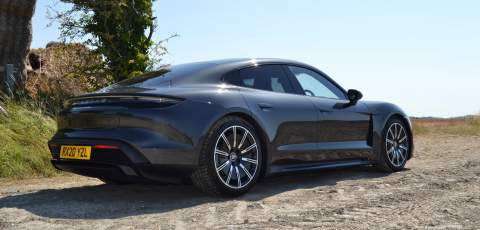
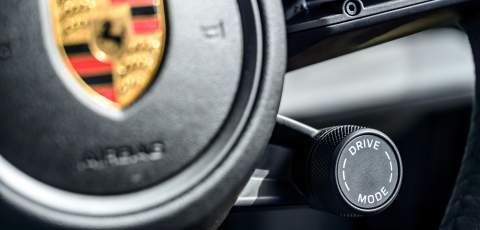
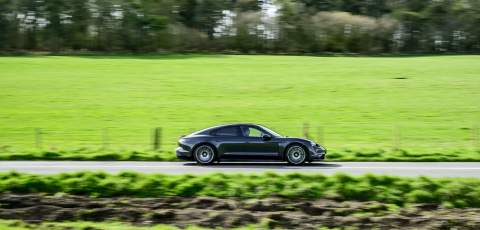
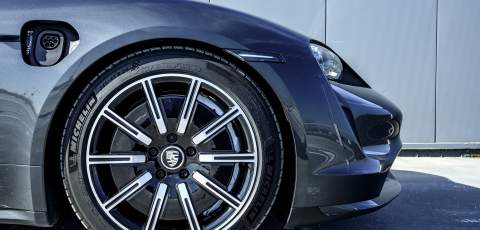
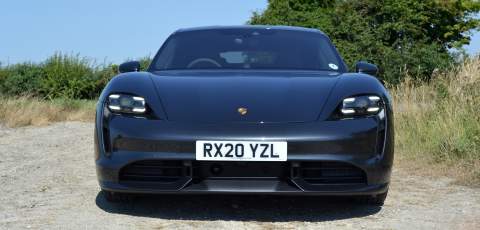
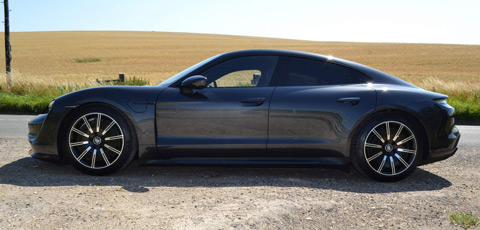
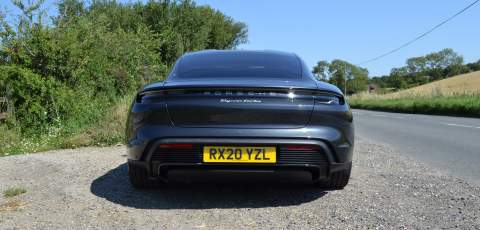
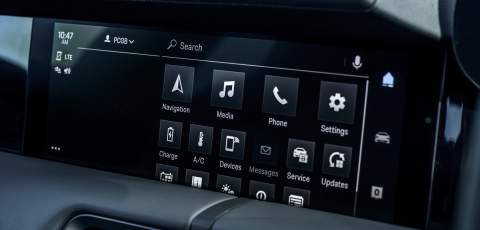
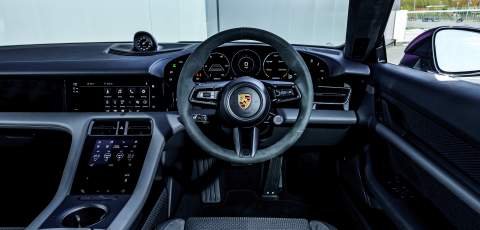
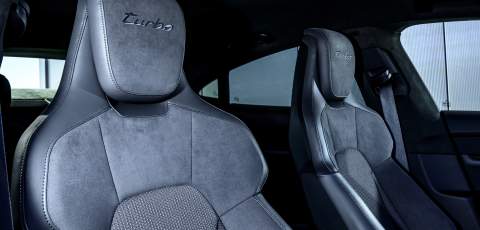
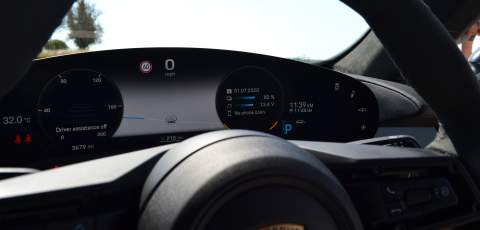
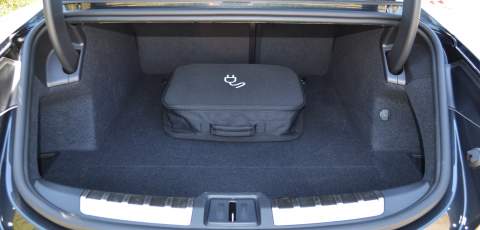
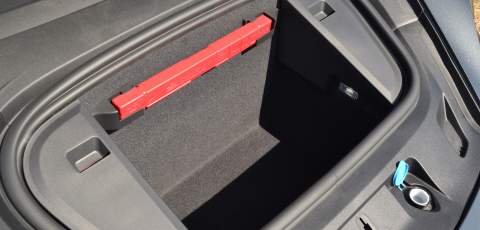
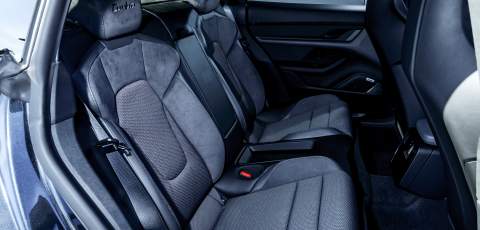
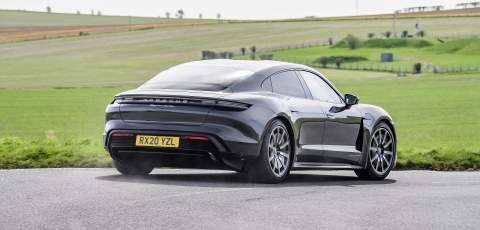

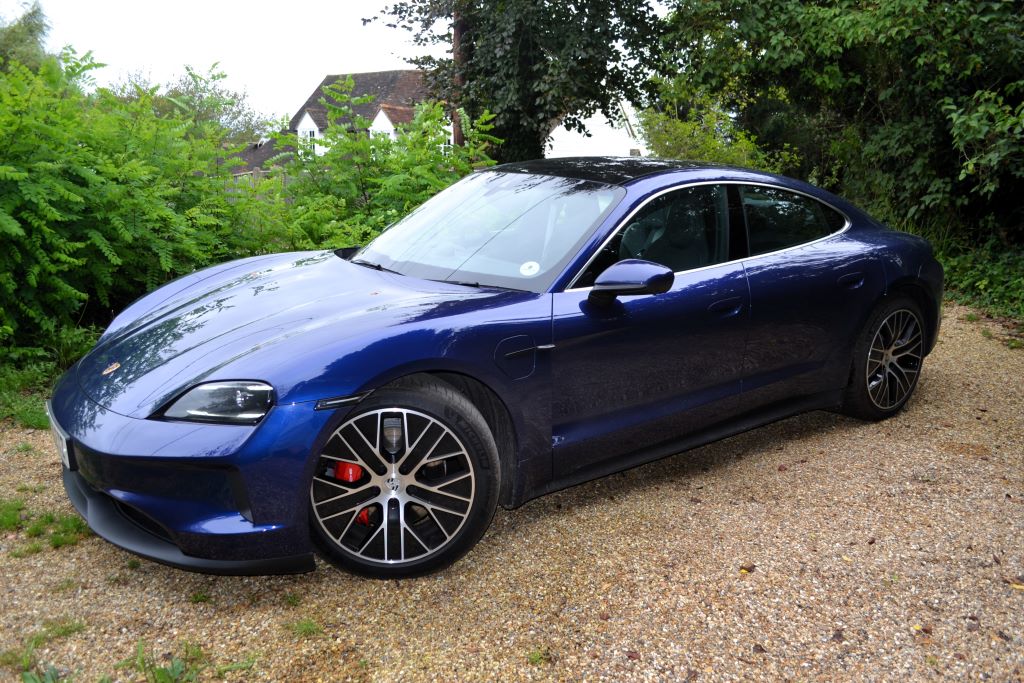
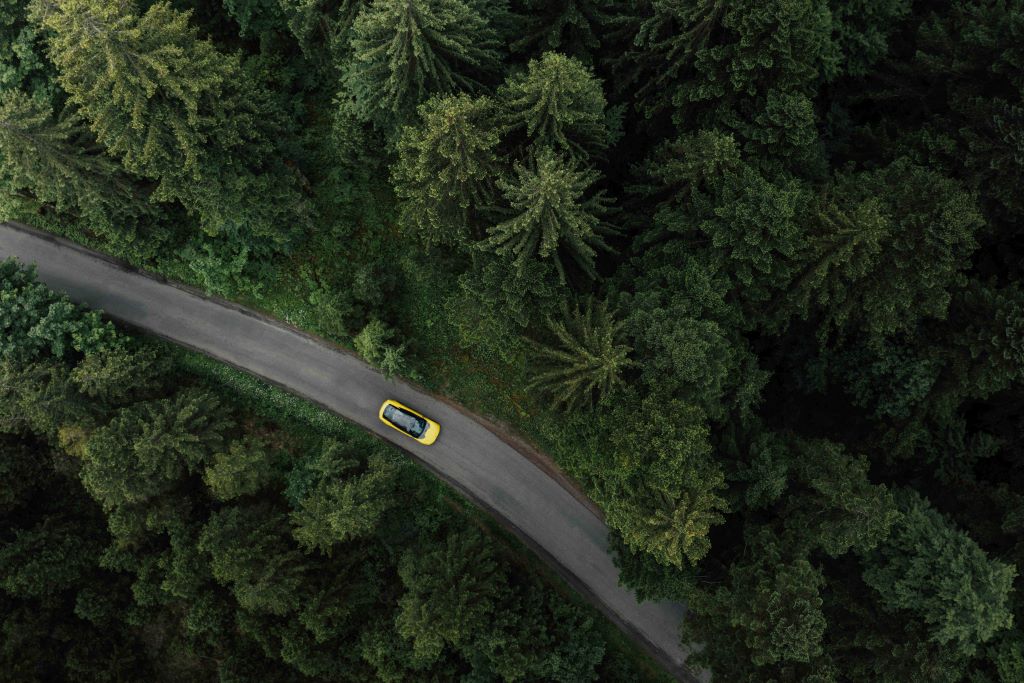
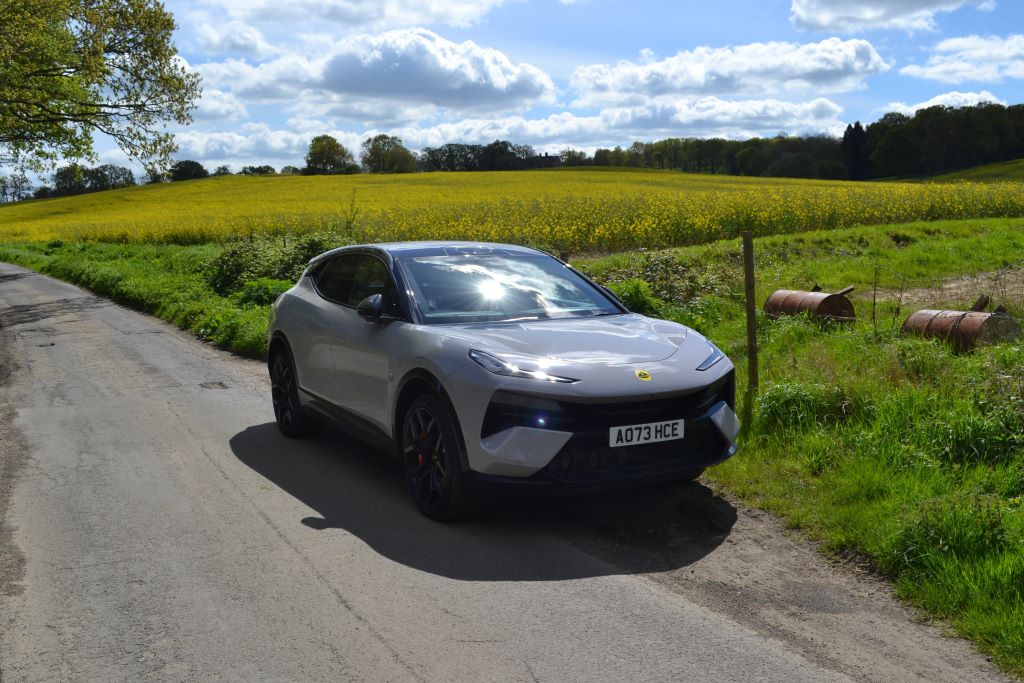
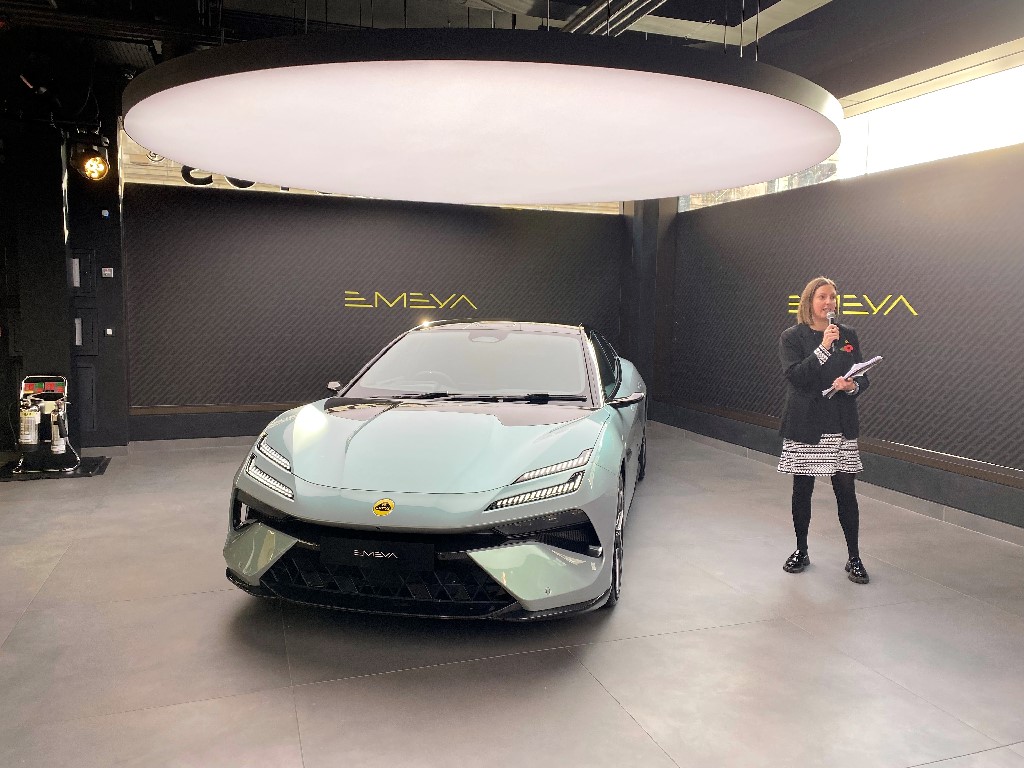
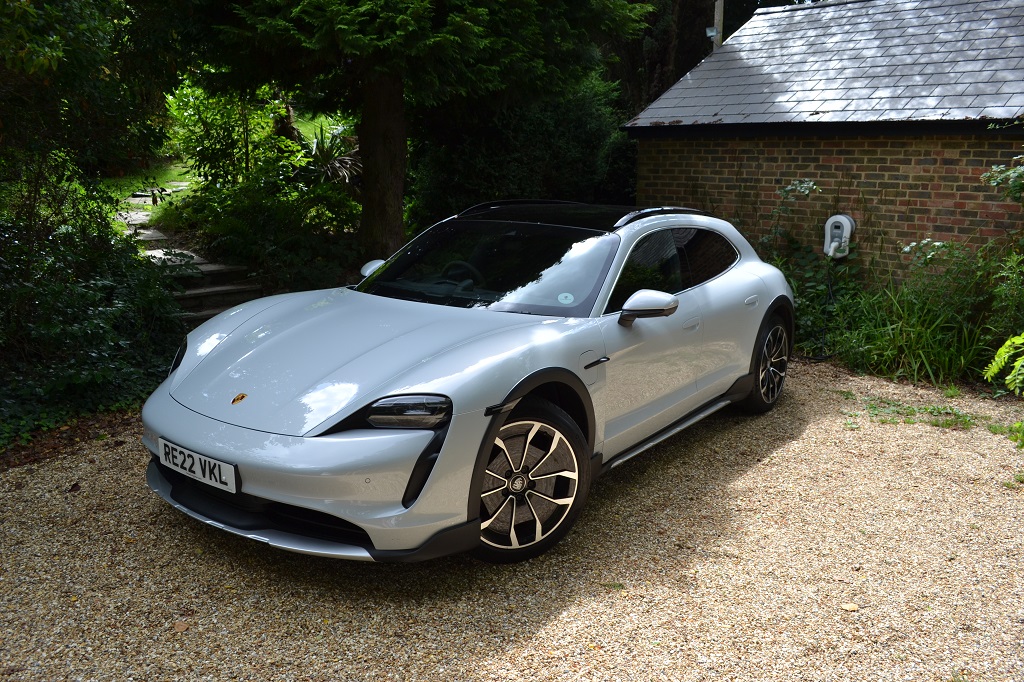
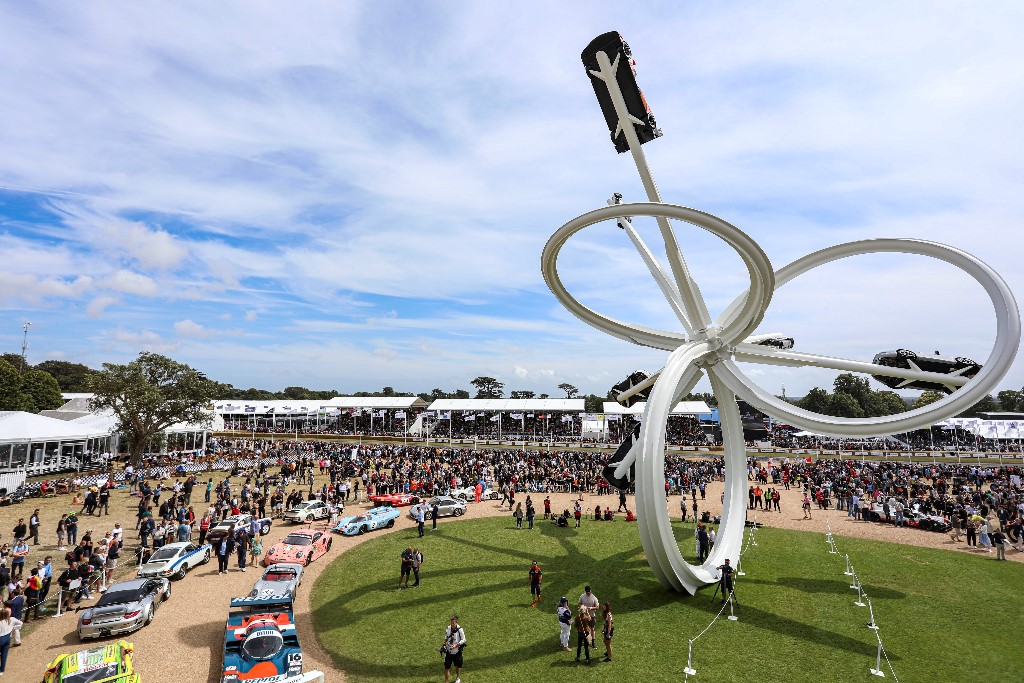

Comments (0)
Be the first to write a comment
Login/ Signup